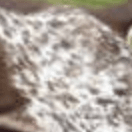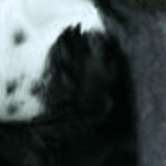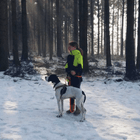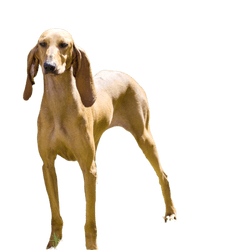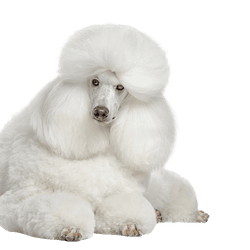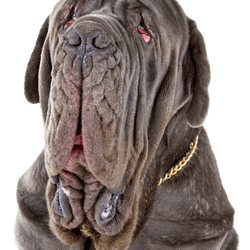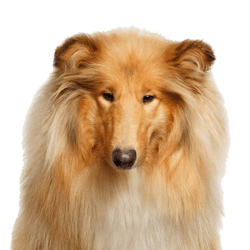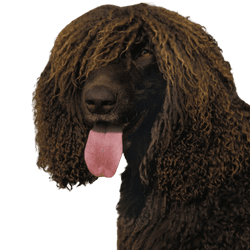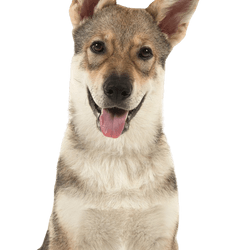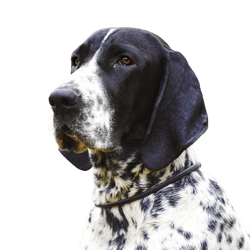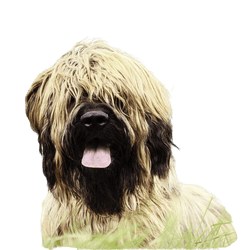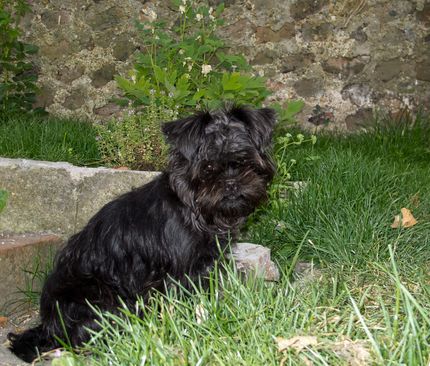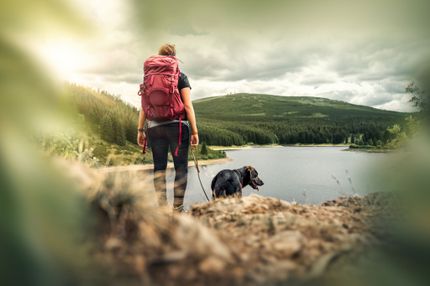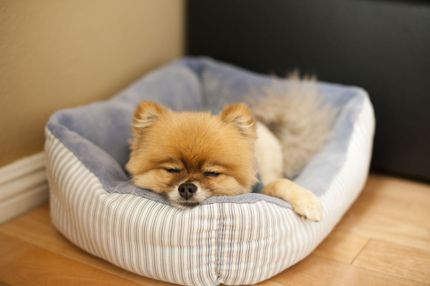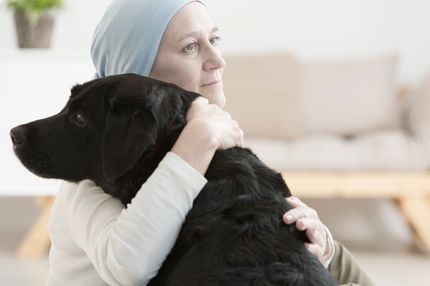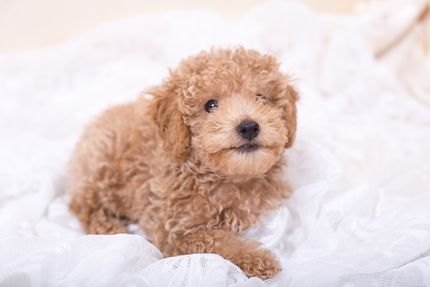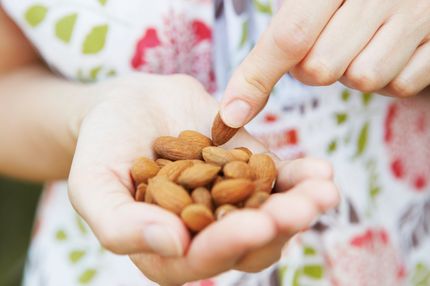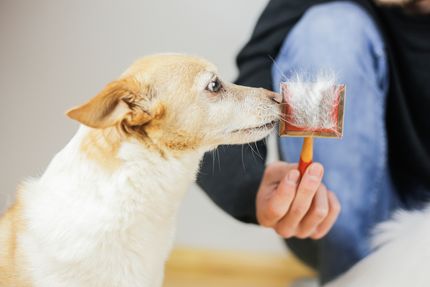Facts & Origin
Origin and history of the Dalmatian
The Dalmatian, also called (Croatian Dalmatinac), is a dog breed recognized by the FCI since 1955. The origin of the Dalmatian has not been clarified beyond doubt until today, it is assumed, based on various paintings and altarpieces from the 16th to 18th centuries, that this dog breed comes from the eastern Mediterranean, more specifically from the province of Dalmatia.
In the 1771 work "Synopsis of Quadrupeds", written by Thomas Pennant, these dogs, whose origin was cited as Dalmatian, were described as very independent. They were eventually named "Dalmatian". In a work published in 1790, Thomas Bewick refers to this breed as "Dalmatian or Coach Dog". The first unofficial Dalmatian standard was written in 1882 by an Englishman named Vero Shaw.
The origin of his name is as unsettled as his origin itself. However, one theory derives from the fact that the Dalmatian originated in the Croatian coastal region of Dalmatia.
The typical fire dog
In the late Middle Ages, the Dalmatian became very popular in European noble houses and aristocratic society in general. In England, he was mainly used as a carriage escort dog. Many of us associate the Dalmatian with the fire department: this is because this breed of dog became the mascot of the New York Fire Department, being used as a leading "siren" in the 19th century.
The world famous coloring
The Dalmatian's coat is not only coveted by Disney's 101 Dalmatians: it is not known why this genetic anomaly occurs in Dalmatians, but it is believed that it was a mutation that occurred long ago in the breed's history. Nevertheless, this trait has contributed to the popularity and fame of the breed.
The spots on a Dalmatian's coat are a genetic abnormality caused by a pigment allele. This allele causes an uneven distribution of pigment in the skin, resulting in the characteristic dot patterns on the coat. However, they do not form until after birth, which means puppies usually do not yet have the typical Dalmatian coat.
Suitability and attitude
As a versatile companion dog, even the FCI has no strict regulations for its use: it can excel as a hunting dog, as well as a companion and family dog, and is suitable for a wide variety of purposes. Especially hevorragend is his endurance. The fact that he can also be an excellent companion for dog sports or next to a rider should therefore not be surprising.
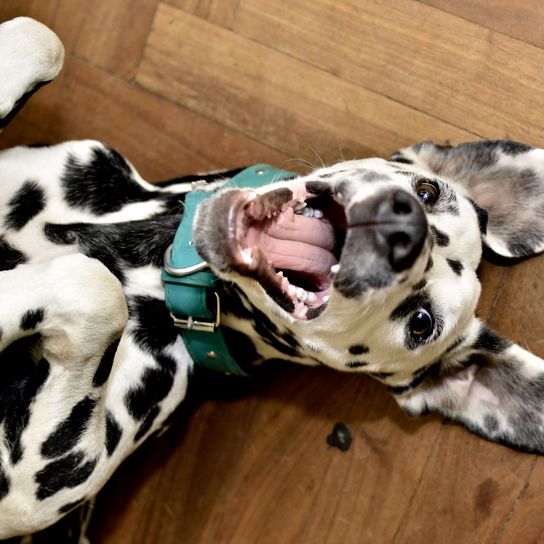
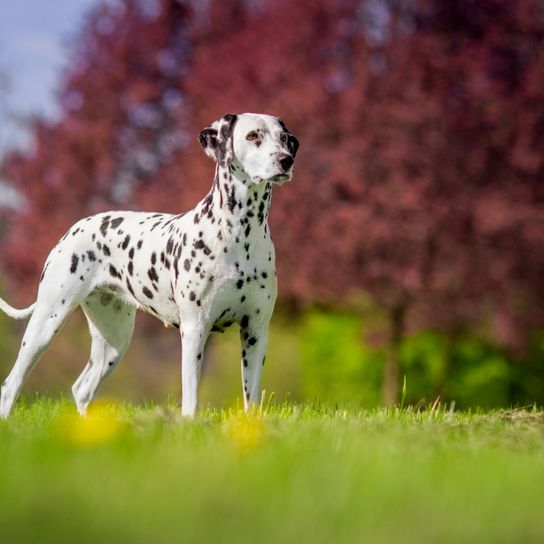
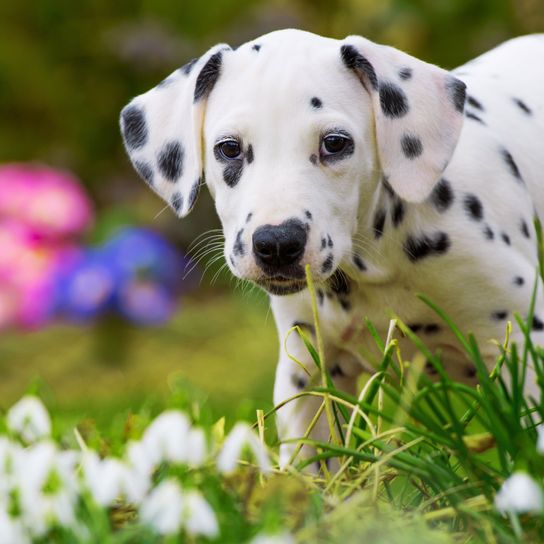
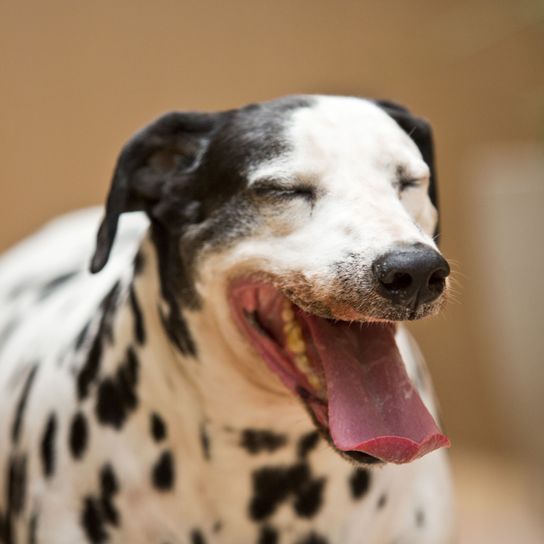
| Alternate Name | Dalmatinac |
| Origin | Croatia |
| Life expectancy | 10 - 13 years |
| Care requirements | low-maintenance |
| Activity level | average to high |
| FCI group | Related breeds |
| AKC group | non-sporting group |
| KC group | utility group |
Dalmatian mixes
Attitude, character and temperament of the breed
Character traits of the Dalmatian
Dalmatians are known worldwide for their pleasant and lovable nature, which is easy to train. Due to their open nature without fear or nervousness, they are considered lively but gentle family dogs. Towards people, the Dalmatian is particularly sensitive and attentive, but also reacts mainly friendly to other dogs. In breeding specimens, a tendency to aggressiveness should not be present.
This type of dog is not suitable for hard training or education under pressure and coercion. Depending on the situation, Dalmatians can also show characteristics of a guard dog. He brings his own will and can seem a bit stubborn if necessary. Although the Dalmatian was not officially kept as a hunting dog, he still shows a certain bracken instinct. With loving and consistent training, free running is very possible with this type of dog.
Occupation and occupation possibilities
The Dalmatian needs a relatively large amount of exercise to be balanced. The minimum daily outdoor activity is two hours, but three to four hours of daily exercise is recommended. The Dalmatian's urge to exercise is due to the fact that Dalmatians are bred to be able to run persistently at a consistently high speed. A Dalmatian is the perfect dog for dog sports, such as cycling, agility, clicker, search games or dog dance. He also loves playing ball and retrieving objects both on land and from water. Leisure activities, such as jogging or horseback riding ,with a Dalmatian as a companion dog, are perfect.
As described above, when keeping a Dalmatian, its high exercise instinct should be taken into account above all. Only with a lot of exercise, this dog breed can be kept species-appropriate. Who would like to buy a Dalmatian, should therefore be aware of the pronounced movement instinct of this dog breed and assess exactly whether he can give his dog later in everyday life, what he needs to stay healthy.
The Dalmatian is a humorous and adaptable companion and family dog. Close family contact with a lot of activity and speech is especially important due to his sensitive nature. But also because of its short and thin coat, the Dalmatian is not at all suitable for outdoor keeping.
Usage
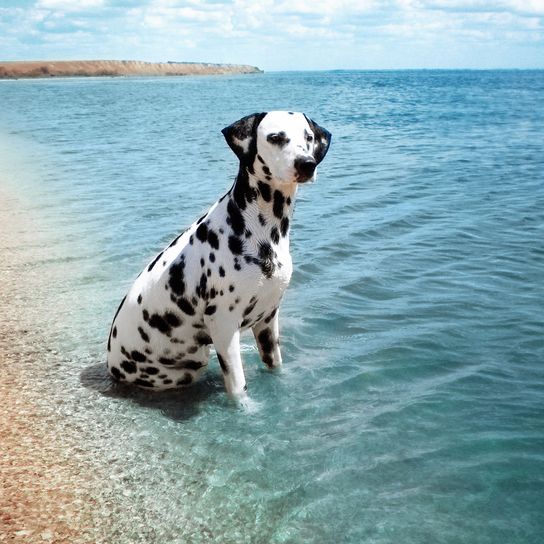
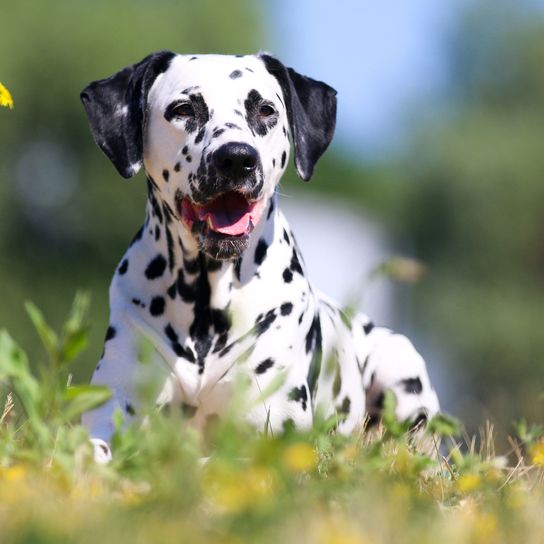
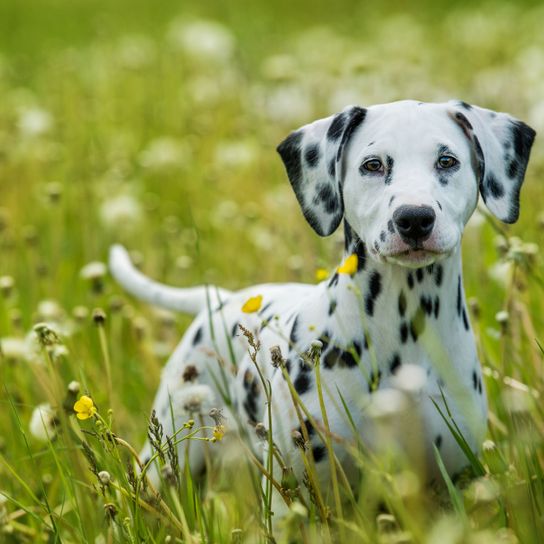
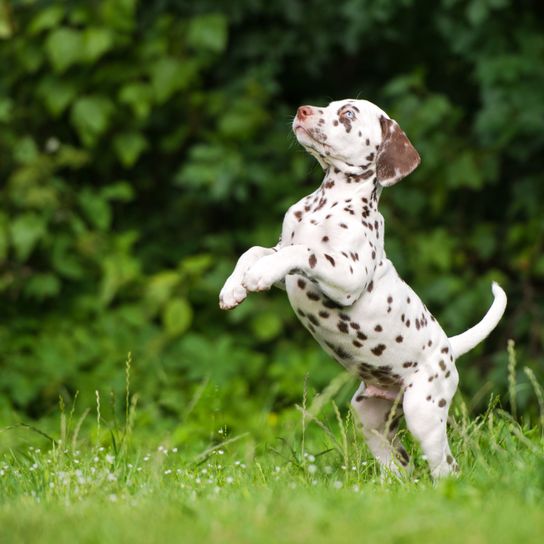
Breed diseases of the Dalmatian
Typical Dalmatian diseases include:
- Deafness
- Dalmatian syndrome
- Dalmatian leukodystrophy
- Immunodeficiency
- Allergies
Dalmatians are more likely than other dogs to become deaf. This curious peculiarity is genetic. So far, the gene responsible has not been discovered, but a connection with the white portion of the Dalmatian's coat is suspected.
Nutrition of the Dalmatian
Since Dalmatians have a defective uric acid transport system due to breeding, their diet should be low in purines. Fish, yeast and offal, are foods that should therefore not be on their menu too often. In this way, this disease can be prevented in everyday life. When keeping a Dalmatian, it can be very useful to create a special diet plan together with the veterinarian, so that Dalmatian-typical allergies and immune deficiencies can also be addressed. On a prophylactic speiselan are foods that contain omega 3 and omega 6, such as canola oil.
Buying and breeding the Dalmatian
The purchase of a Dalmatian must be well considered. Beforehand, it should be conscientiously checked whether the active dog fits to one's own idea of life. If you are looking for a Dalmatian puppy, you should ask a breeder from a reputable breeding club. It is also important to be aware of the possible diseases and the sensitive character of this dog breed.

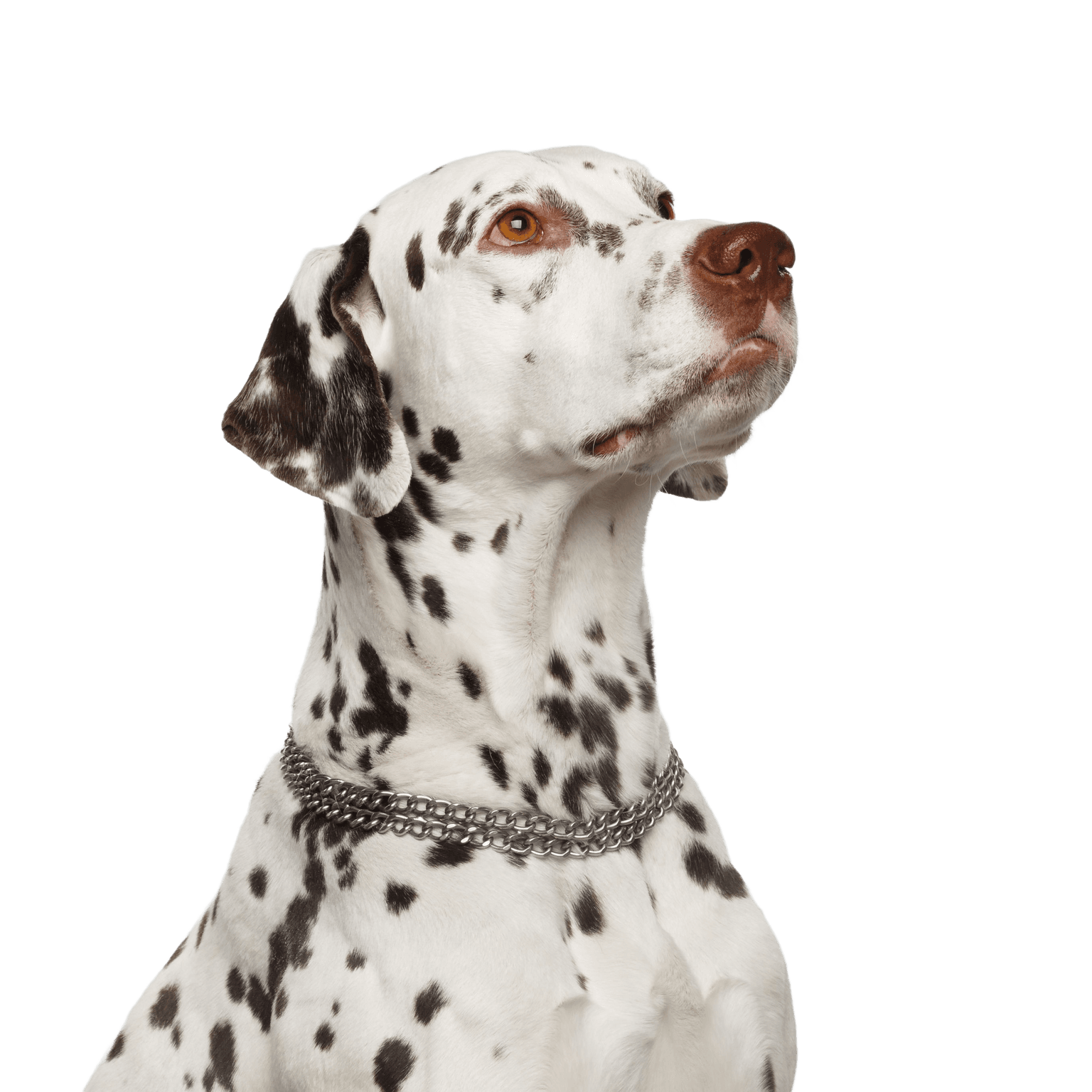
Breed characteristics of the Dalmatian
The Dalmatian is classified by the FCI as Group 6 (Running Dogs, Welding Dogs and Related Breeds), Section 3 (Related Breeds) with Standard No. 153.
The Dalmatian is a medium to large sized dog with a well proportioned, strong build. On average, a Dalmatian male grows to a height of 56-62cm and weighs between 27kg and 32kg. The shoulder height of females is about 54cm - 60cm and they gain an average weight of 24-29kg. In the breed standard it is allowed to exceed the measurements, if the dog is otherwise perfect and balanced. It moves evenly, elegantly and harmoniously. His walk and trot are long, with a strong front and good drive. Seen from the front, the legs move parallel.
The head
The head of a breed specimen must be in proportion and harmony with the body, it must not be too broad in the cranial part. Between the ears it is the widest and at the temples it is well formed. The length from the occiput to the moderately accentuated stop and from there to the tip of the nose is in the ratio 1:1 - or the muzzle is slightly shorter. The skull line and muzzle line are gently divergent and the chewing muscles and zygomatic arch must not be too pronounced. The entire skin of the head, the skull of which is flat with gentle lateral rounding, lies close and does not wrinkle. The frontal furrow is also slightly pronounced.
The muzzle
The straight bridge of the nose leads to a large nose with wide open nostrils, which must be completely pigmented. The color must correspond to the color of the spots. The jaws are strongly developed. Nevertheless, the strong lips, which are desired to be as completely pigmented as possible, should be fairly close to the jaws and must not overhang, or be too thick. The Dalmatian does not have pronounced corners of the mouth.
The breed usually has a scissor bite, which means the upper 6 incisors engage over the lower ones with no space between them, the teeth being perpendicular to the jaws. However, the pincer bite is tolerated in older dogs.
The eyes & ears
The oval eyes of the Dalmatian, whose pigmentation should be in harmony with the spotted color, are set subfrontally at an angle of 10-15°. The eyelids are well attached and not drooping. The rim is continuously pigmented in harmony with the color of the hair.
The ears, on the other hand, whose shape corresponds to an isosceles triangle, are set rather high and are carried close to the lateral part of the head. They reach the inner eye corner or stop, where their tip is gently rounded. They are fine in texture and gentle to the touch. Very importantly, the ears must be spotted, that is, the ears must not be all black or brown, but spotted black or brown, etc. - with spots in harmony with the color variety on the white base.
The body
The neck should be strong and fairly long. It becomes narrower towards the head and has no loose throat skin. The body is right angular, which is given by the ratio 10:9 of the body length to the height at the withers. The withers are well developed, the following back powerful and straight. The loins are short and muscular, the latter is also the croup, which should slope less than 30°.
The chest of the Dalmatian is deep and spacious, not too broad or barrel-shaped; also the ribs are well arched. Their depth should be 45-50% of the height at the withers. The height at the elbows is equal to 50% of the height at the withers. The belly of the Dalmatian is usually moderately tucked up, but not turned in.
Tail
The desirable spotted tail of the Dalmatian is set on very strongly as an extension of the croup and reaches approximately to the hock (or slightly longer), thinning evenly to the tip. It should not be too thick, but in proportion to the body and carried in a sabre shape.
The limbs
The forelegs must be in proportion with the body and stand at right angles. The corner of the shoulder is about 115-120° and the elbow should be close to the body. The forearm consists of proportionally developed, strong (round) bones, which gives the forelimbs straight, vertical legs in position. The strong pastern should be slightly inclined and elastic.
The hindquarters, with parallel limbs and very strong and well developed muscles, are also in proportion with the body. The stifle is strong and well formed and its stifle should be at an inclination of 40 degrees to the horizontal. The hock joint is also strong and its length is about 20-25% of the height at the withers. The corner of the hock joint is around 130°.
Both the front and hind feet are typically "cat feet" with closed toes. The pads are tough and elastic, the claws as pigmented as possible.
The coat
The coat of the Dalmatian is short, glossy, hard and dense over the whole body.
The basic color is pure white and there are black spots in the black color and liver brown spots in the brown color. The spots should be symmetrically distributed on the whole body, clearly rounded and without transition into the white ground color. The size of the spots should be as uniform as possible, with a diameter of 2 - 3 cm. In the brown color variety the spots are slightly smaller, about 2 cm in diameter. Spots on the head and limbs should be proportionally smaller than on the body. It is desirable that the tail also has the spots, which are also proportionally smaller than those on the body. Speckling on the body, on the other hand, is not desirable, nor are color plates or "spots" caused by spots running into each other. In the breed standard, careful attention to ear flecking is mentioned.
Dalmatian puppies are born white. Only after 10 to 14 days the first black or brown spots are visible. These then increase until the completion of the first year of life. From case to case it can be possible that a Dalmatian is already born with isolated large spots. These spots are called plates and are still a breeding exclusion criterion today.
| Fur length | short |
| Fur | flat coated |
| Ear shape | Triangle |
| Tail | lang |
| Anatomy | sporty |
| Size ♀ | 56 - 58 cm |
| Weight ♀ | 16 - 24 kg |
| Size ♂ | 58 - 61 cm |
| Weight ♂ | 16 - 24 kg |
| Suitable For | - |
Colors

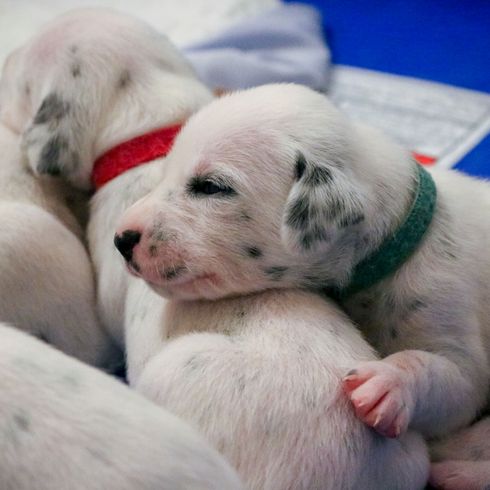
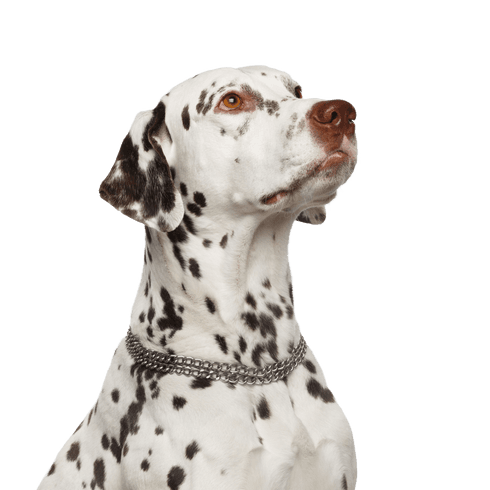
Known Diseases
Allergies
Can occur in a number of breeds, regardless of genetic makeup.
Numbness
Often occurs in old age.
FAQ
-
Yes, Dalmatians are very active family dogs.
-
Not necessarily. A Dalmatian requires consistent training and is willing to learn.
-
No, the Dalmatian serves more as a companion dog and running dog.
-
A Dalmatian puppy costs 1400 euros.
-
A Dalmatian is a breed of dog known for its characteristic coat with black spots on a white background.
-
Dalmatians are often kept as family dogs, but in the past they were often used as guard dogs and driving dogs.
-
How big does a Dalmatian get? Dalmatians are medium-sized dogs and typically grow between 19 and 23 inches tall and weigh between 40 and 60 pounds.
-
Dalmatians can suffer from certain health problems such as ear infections, kidney problems and eye diseases. It is important to have regular vet visits to detect and treat such problems early.







